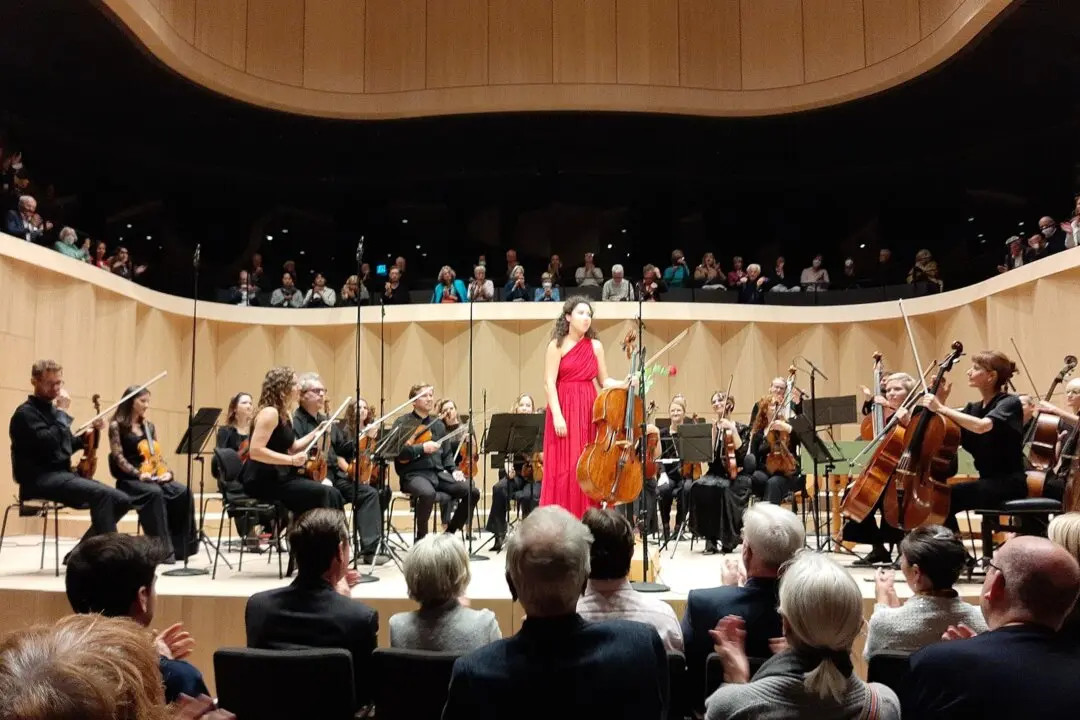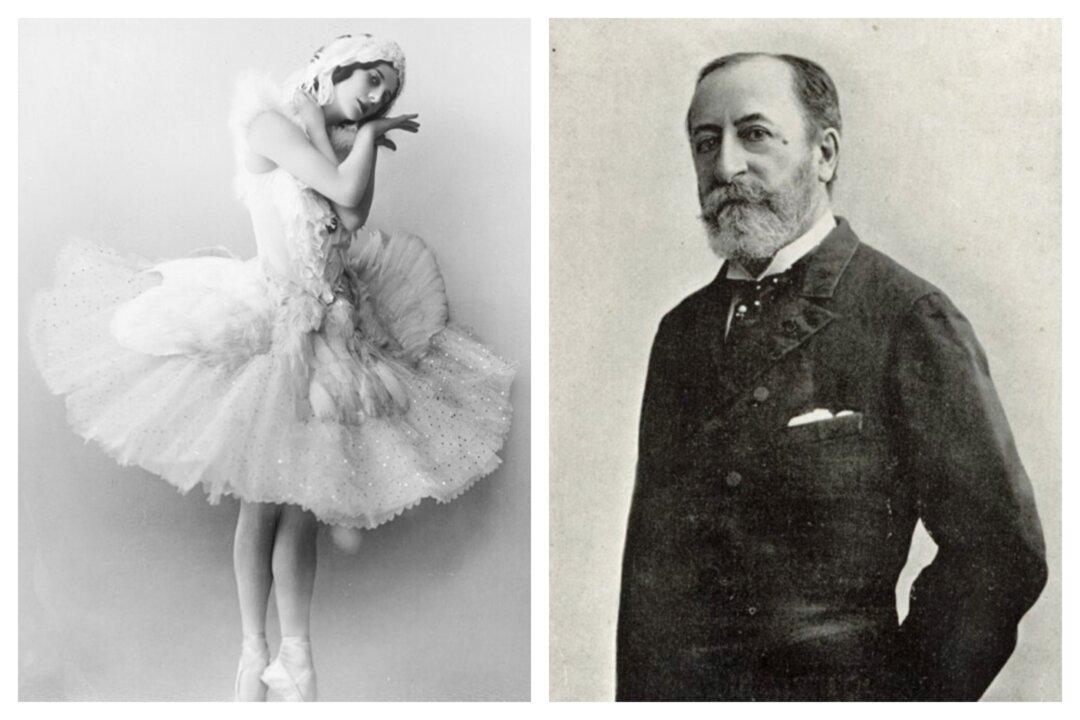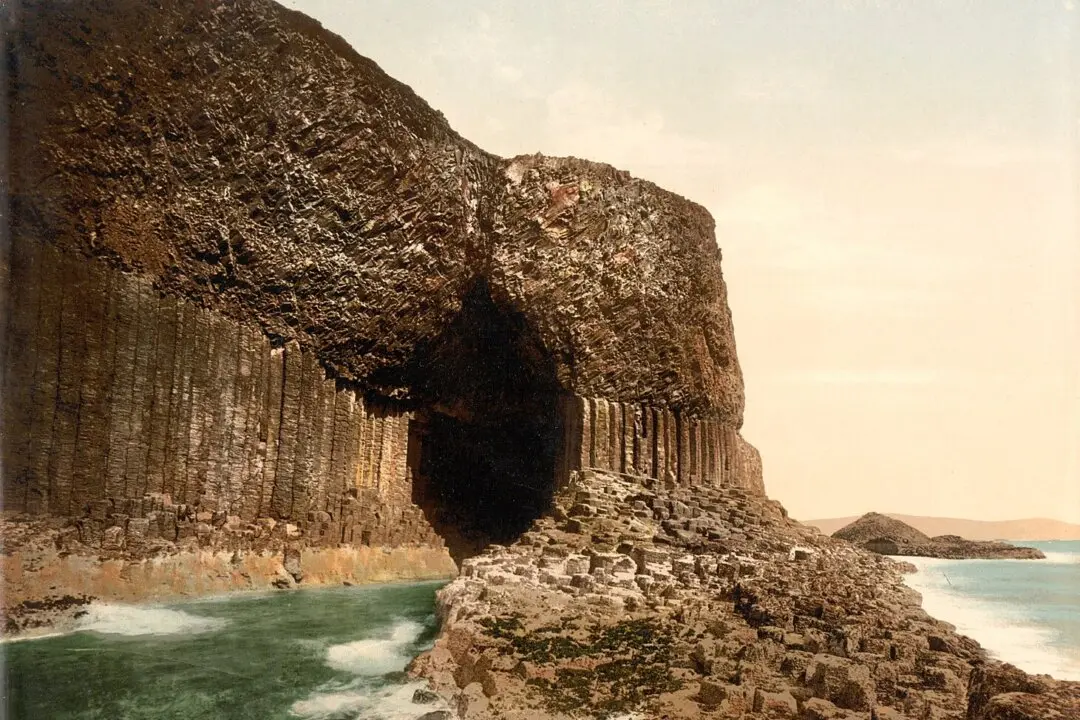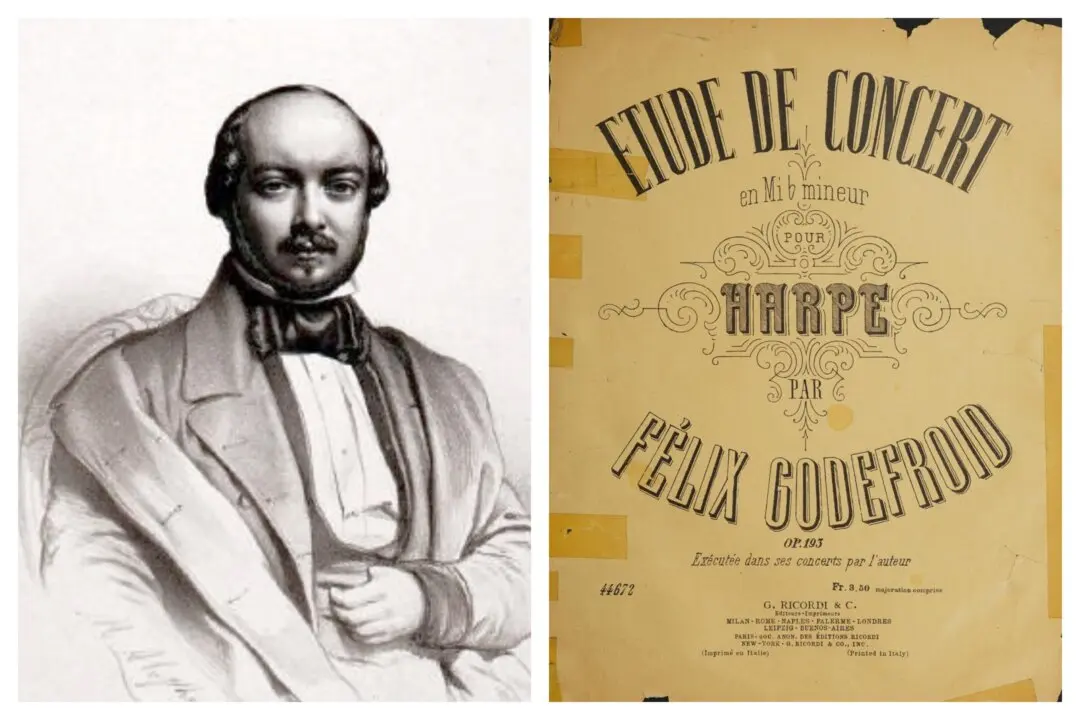Our unlikely story surrounding Joseph Haydn’s now-beloved Cello Concerto begins far from its birthplace in Vienna. The year was 1961, and a musicologist named Oldrich Pulkert was working at the National Museum in Prague. His duties as an archivist were routine: sorting through records, preserving fragile manuscripts, and examining documents from outside collections. It wasn’t the most exciting work; he spent long nights poring through dusty papers. However, today was different. Little did Pulkert know, he was about to make one of the greatest musicological discoveries of the 20th century.
He had just started reviewing a collection of documents from the village of Radenin, located on a chateau some 50 miles south of Prague, when he came across a score. In it was a set of parts for a cello concerto, signed by a cellist named Joseph Weigl. Pulkert’s interest was piqued; Weigl had been principal cellist for the Esterhazy court orchestra, the same orchestra where Haydn had been employed. Not only that, the two Josephs were close friends. Haydn was even godfather to two of Weigl’s children.





